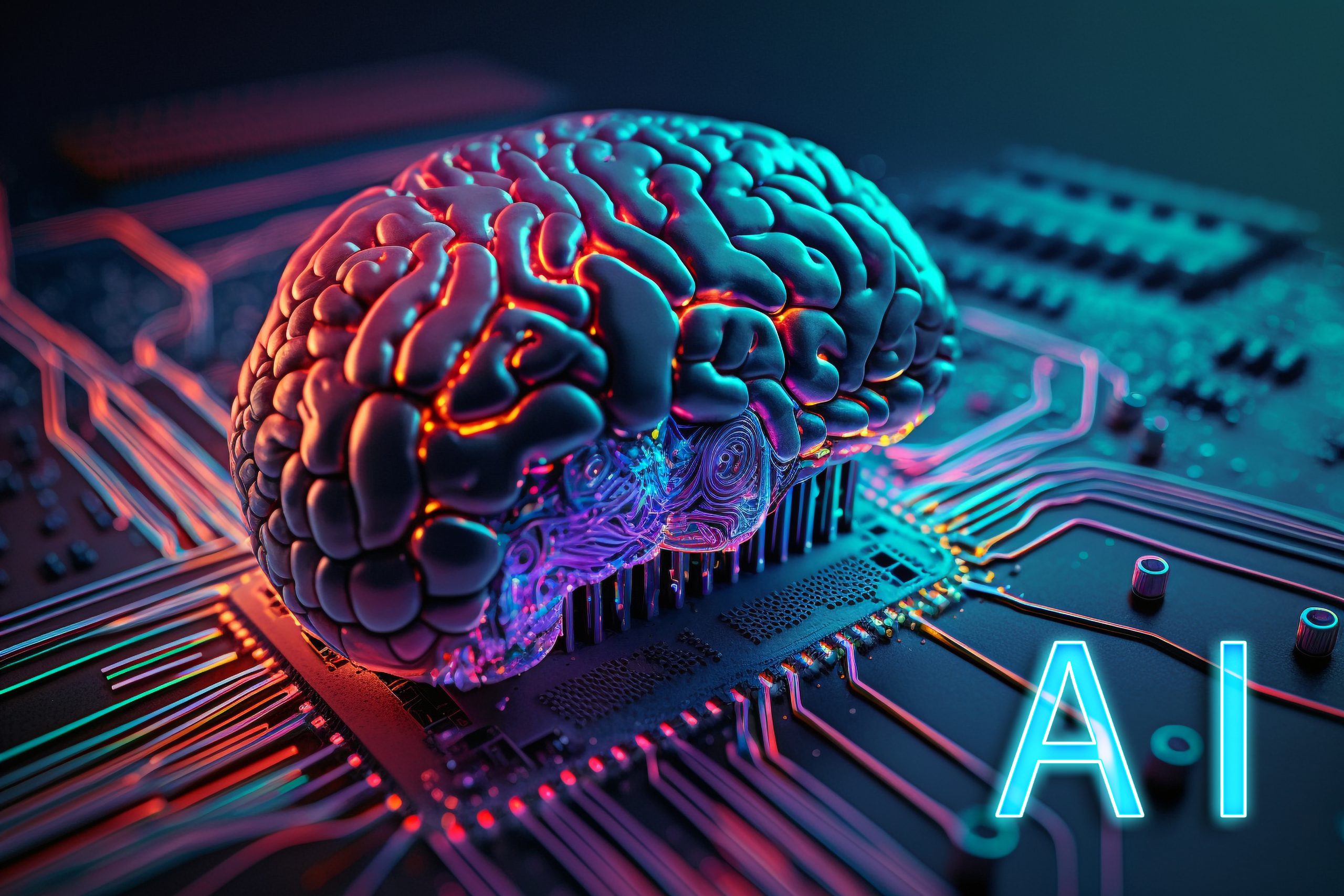
Unleash Your Inner Surrealist: A Hilarious Dive into AI Image Distorters
Introduction
In the ever-evolving realm of artificial intelligence, we’ve seen AI tackle everything from writing poems to driving cars. But let’s be honest, some of the most entertaining applications are the ones that take a walk on the weird side. Enter the world of AI image distorters – tools that can twist, morph, and mangle your photos into delightful, often absurd, creations.
Forget about flawless selfies and picture-perfect landscapes. With AI image distorters, you can turn your cat into an eldritch horror, your office building into a melting Dali masterpiece, or yourself into… well, something you might not recognize, but will definitely find amusing.
What Are AI Image Distorters?
At their core, AI image distorters use sophisticated algorithms to manipulate the pixels in an image. Unlike traditional photo editing software that relies on manual adjustments, AI distorters leverage machine learning models trained on vast datasets of images and artistic styles.
These models learn to recognize patterns, shapes, and textures, and then apply transformations based on a set of parameters or styles. Some distorters might focus on warping the geometry of the image, creating swirling effects or exaggerated perspectives. Others might alter the color palette, add noise, or apply textures that mimic brushstrokes or other artistic techniques.
The key differentiator is the "intelligence" of the process. Instead of simply applying a filter, the AI attempts to understand the content of the image and make changes that are both visually interesting and, in some cases, contextually relevant (though the "relevance" can be delightfully off-kilter).
Why Are They So Much Fun?
The appeal of AI image distorters lies in their ability to surprise and amuse. Here’s why they’re such a hit:
- Unexpected Results: You never quite know what you’re going to get. The AI’s interpretation of your image, combined with the chosen distortion style, can lead to results that range from subtly bizarre to utterly hilarious.
- Creative Exploration: Distorters offer a playground for experimentation. You can try different styles, tweak parameters, and see how the AI responds. It’s a great way to spark your creativity and discover new visual ideas.
- Stress Relief: Let’s face it, life can be serious. Distorting images is a lighthearted way to blow off steam and embrace the absurd. There’s something inherently funny about seeing your boss’s head elongated into a comical shape.
- Social Media Gold: Distorted images are perfect for sharing on social media. They’re eye-catching, conversation-starting, and guaranteed to elicit reactions from your friends and followers.
- Artistic Expression (of sorts): While you might not be the next Picasso, AI distorters allow you to dabble in artistic expression without needing years of training. You can create unique and visually striking images that reflect your personal taste.
Examples of AI Image Distortion Styles
The variety of AI image distortion styles is constantly growing, but here are a few popular examples:
- Deep Style Transfer: This technique takes the style of a famous painting (e.g., Van Gogh’s "Starry Night") and applies it to your image. The result is a photo that looks like it was painted by a master artist – albeit with a slightly surreal twist.
- Gloomify: Creates images that are dark, gritty, and atmospheric. Perfect for turning your photos into something out of a horror movie.
- Caricature: Exaggerates facial features to create humorous caricatures. Ideal for poking fun at your friends (with their permission, of course).
- Pixel Sorting: Rearranges the pixels in your image based on brightness or color values, creating abstract and glitchy effects.
- Swirl and Twirl: Distorts the image by creating swirling patterns and vortexes. Great for making psychedelic artwork.
- Deep Dream: An older but still popular technique that uses neural networks to find and enhance patterns in images, often resulting in dreamlike and sometimes unsettling visuals.
A Word of Caution (and a Laugh)
While AI image distorters are generally harmless fun, there are a few things to keep in mind:
- Copyright: Be mindful of copyright laws when using images you don’t own. Distorting a copyrighted image doesn’t necessarily make it legal to use.
- Privacy: Avoid distorting images of people without their consent, especially if the distortions are unflattering or offensive.
- Addiction: It’s easy to get carried away and spend hours distorting images. Remember to take breaks and enjoy the real world too.
- Existential Dread: Staring at endlessly distorted images might lead to questioning the nature of reality. But hey, at least you’ll have some funny pictures to show for it.
Tools and Platforms
Numerous online tools and apps allow you to experiment with AI image distortion. Some popular options include:
- DeepArt.io: Specializes in applying artistic styles to your photos.
- Prisma: A mobile app with a wide range of artistic filters.
- RunwayML: A platform for experimenting with various AI models, including image distorters.
- Websites with GauGAN: NVIDIA Canvas lets you create realistic landscapes from simple brushstrokes.
Many AI image distorters are free to use, while others offer premium features for a subscription fee.
Conclusion: Embrace the Weird
AI image distorters are a testament to the playful side of artificial intelligence. They offer a fun, creative, and often hilarious way to transform your photos into something unexpected. So go ahead, unleash your inner surrealist, and see what kind of bizarre masterpieces you can create. Just remember to share your creations with the world (and maybe warn your subjects beforehand).
